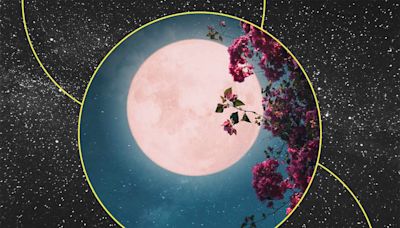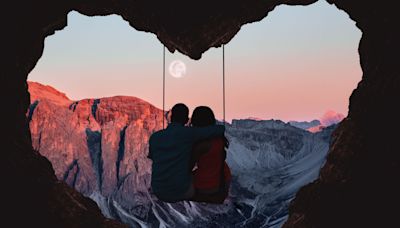Search results
… Moon Facts. The brightest and largest object in our night sky, the Moon makes Earth a more livable planet by moderating our home planet's wobble on its axis, leading to a relatively stable climate. It also causes tides, creating a rhythm that has guided humans for thousands of years. 10 things.
Sep 7, 2023 · The Moon is Earth’s only permanent natural satellite, and it’s the fifth-largest satellite in our solar system. The Moon’s diameter is approximately 2,160 miles (3,475 kilometers), or about...
5.1M views 5 years ago. What is the moon made of, and how did it form? Learn about the moon's violent origins, how its phases shaped the earliest calendars, and how humans first explored...
Like Earth, the Moon has a day side and a night side, which change as the Moon rotates. Moon Phases Between four and seven times a year, Earth, Moon and Sun line up just right to create the cosmic-scale shadow show known as an eclipse.
5 days ago · Quick Facts: Earth has just one moon – a rocky, cratered place, roughly a quarter the size of Earth and an average of 238,855 miles away. The Moon can be seen with the naked eye most nights as it traces its 27-day orbit around our planet. Credit: NASA/JPL-Caltech.
The brightest and largest object in our night sky, the Moon makes Earth a more livable planet by moderating our home planet's wobble on its axis, leading to a relatively stable climate. It also causes tides, creating a rhythm that has guided humans for thousands of years.
Jul 3, 2019 · The moon, Earth’s sole natural satellite, is our constant companion. It has circled our planet for billions of years, since before the first sparks of life flickered in the oceans—before Earth...






